Copyright 2009 by Skyhorse Publishing, Inc.
All Rights Reserved. No part of this book may be reproduced in any manner without the express written consent of the publisher, except in the case of brief excerpts in critical reviews or articles. All inquiries should be addressed to Skyhorse Publishing, 555 Eighth Avenue, Suite 903, New York, NY 10018.
Skyhorse Publishing books may be purchased in bulk at special discounts for sales promotion, corporate gifts, fund-raising, or educational purposes. Special editions can also be created to specifications. For details, contact the Special Sales Department, Skyhorse Publishing, 555 Eighth Avenue, Suite 903, New York, NY 10018 or .
U.S. Army first aid manual / Dept. of the Army.
p. cm.
ISBN 978-1-60239-781-1
1. First aid in illness and injuryHandbooks, manuals, etc. 2. United StatesArmed ForcesSanitary affairsHandbooks, manuals, etc. I. United States. Dept. of the Army.
UH396.U25 2009
616.0252-dc22
LIST OF ILLUSTRATIONS
1-1. Airway, lungs, and chest cage
1-2. Neck (carotid) pulse
1-3. Groin (femoral) pulse
1-4. Wrist (radial) pulse
1-5. Ankle (posterial tibial) pulse
2-6. Check for breathing
2-8. Rescue breathing
2-18. Universal sign of choking
2-19. Anatomical view of abdominal thrust procedure
2-20. Profile view of abdominal thrust
2-21. Profile view of chest thrust
2-22. Abdominal thrust on unconscious casualty
2-23. Hand placement for chest thrust (Illustrated A-D)
2-24. Breastbone depressed 1 1/2 to 2 inches
2-25. Opening casualtys mouth (tongue-jaw lift)
2-26. Opening casualtys mouth (crossed-finger method)
2-27. Using finger to dislodge foreign body
2-28. Grasping tails of dressing with both hands
2-29. Pulling dressing open
2-30. Placing dressing directly on wound
2-31. Wrapping tail of dressing around injured part
2-32. Tails tied into nonslip knot
2-33. Direct manual pressure applied
2-34. Injured limb elevated
2-35. Wad of padding on top of field dressing
2-36. Improvised dressing over wad of padding
2-37. Ends of improvised dressing wrapped tightly around limb
2-38. Ends of improvised dressing tied together in nonslip knot.
2-39. Tourniquet 2 to 4 inches above wound
2-40. Rigid object on top of half-knot
2-41. Full knot over rigid object
2-42. Stick twisted
2-43. Free ends looped (Illustrated A and B)
2-44. Clothing loosened and feet elevated
2-45. Body temperature maintained
2-46. Casualtys head turned to side
3-1. Casualty lying on side opposite injury
3-2. First tail of dressing wrapped horizontally around head
3-3. Second tail wrapped in opposite direction
3-4. Tails tied in nonslip knot at side of head
3-5. Dressing placed over wound
3-6. One tail of dressing wrapped under chin
3-7. Remaining tail wrapped under chin in opposite direction
3-8. Tails of dressing crossed with one around forehead
3-9. Tails tied in nonslip knot (in front of and above ear)
3-10. Triangular bandage applied to head (Illustrated A thru C).
3-11. Cravat bandage applied to head (Illustrated A thru C)
3-12. Casualty leaning forward to permit drainage
3-13. Casualty lying on side
3-14. Side of head or cheek wound
3-15. Dressing placed directly on wound. (Illustrated A and B).
3-16. Bringing second tail under the chin
3-17. Crossing the tails on the side of the wound
3-18. Tying the tails of the dressing in a nonslip knot
3-19. Applying cravat bandage to ear (Illustrated A thru C)
3-20. Applying cravat bandage to jaw (Illustrated A thru C)
3-21. Collapsed lung
3-22. Open chest wound sealed with plastic wrapper
3-23. Shaking open the field dressing
3-24. Field dressing placed on plastic wrapper
3-25. Tails of field dressing wrapped around casualty in opposite direction
3-26. Tails of dressing tied into nonslip knot over center of dressing
3-27. Casualty positioned (lying) on injured side
3-28. Casualty positioned (lying) on back with knees (flexed) up
3-29. Protruding organs placed near wound
3-30. Dressing placed directly over the wound.
3-31. Dressing applied and tails tied with a nonslip knot
3-32. Field dressing covered with improvised material and loosely tied
3-33. Casualty covered and rolled on ground
3-34. Casualty removed from electrical source (using nonconductive material)
3-35. Shoulder bandage
3-36. Extended cravat bandage applied to shoulder (or armpit) (Illustrated A thru H)
3-37. Elbow bandage (Illustrated A thru C)
3-38. Triangular bandage applied to hand (Illustrated A thru E).
3-39. Cravat bandage applied to palm of hand (Illustrated A thru F)
3-40. Cravat bandage applied to leg (Illustrated A thru C)
3-41. Cravat bandage applied to knee (Illustrated A thru C)
3-42. Triangular bandage applied to foot (Illustrated A thru E)
4-1. Kinds of fractures (Illustrated A thru C)
4-2. Nonslip knots tied away from casualty
4-3. Shirt tail used for support
4-4. Belt used for support
4-5. Arm inserted in center of improvised sling
4-6. Ends of improvised sling tied to side of neck
4-7. Corner of sling twisted and tucked at elbow
4-8. Arm immobilized with strip of clothing
4-9. Application of triangular bandage to form sling (two methods)
4-10. Completing sling sequence by twisting and tucking the corner of the sling at the elbow (Illustrated A and B)
4-11. Board splints applied to fractured elbow when elbow is not bent (two methods) (081-831-1034) (Illustrated A and B)
4-12. Chest wall used as splint for upper arm fracture when no splint is available (Illustrated A and B)
4-13. Chest wall, sling, and cravat used to immobilize fractured elbow when elbow is bent
4-14. Board splint applied to fractured forearm (Illustrated A and B)
4-15. Fractured forearm or wrist splinted with sticks and supported with tail of shirt and strips of material (Illustrated A thru C)
4-16. Board splint applied to fractured wrist and hand (Illustrated A thru C)
4-17. Board splint applied to fractured hip or thigh (081-831-1034)
4-18. Board splint applied to fractured or dislocated knee (081-831-1034)
4-19. Board splint applied to fractured lower leg or ankle
4-20. Improvised splint applied to fractured lower leg or ankle
4-21. Poles rolled in a blanket and used as splints applied to fractured lower extremity
4-22. Uninjured leg used as splint for fractured leg (anatomical splint)
4-23. Fractured jaw immobilized (Illustrated A thru C)
4-24. Application of belts, sling, and cravat to immobilize a collarbone
4-25. Application of sling and cravat to immobilize a fractured or dislocated shoulder (Illustrated A thru D)
4-26. Spinal column must maintain a swayback position (Illustrated A and B)
4-27. Placing face-up casualty with fractured back onto litter
4-28. Casualty with roll of cloth (bulk) under neck
4-29. Immobilization of fractured neck
4-30. Preparing casualty with fractured neck for transportation (Illustrated A thru E)

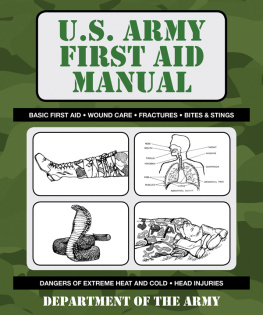


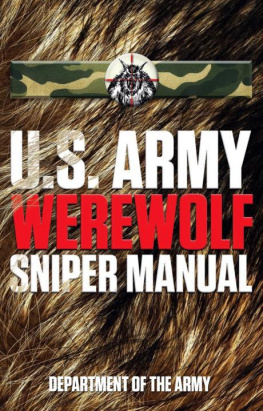
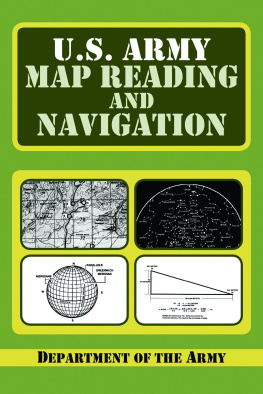

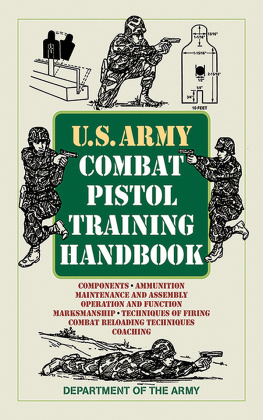

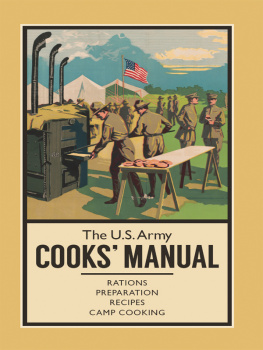
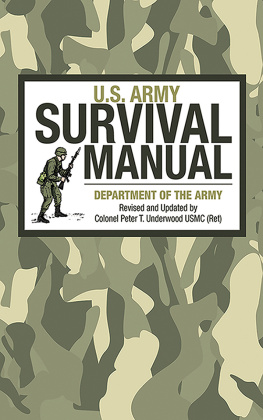

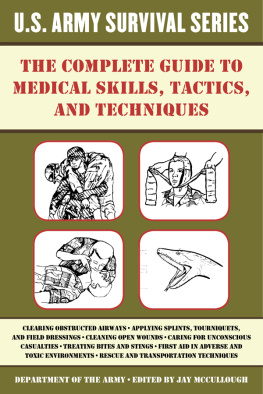
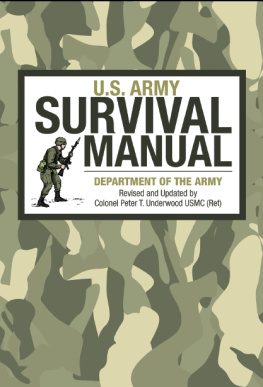
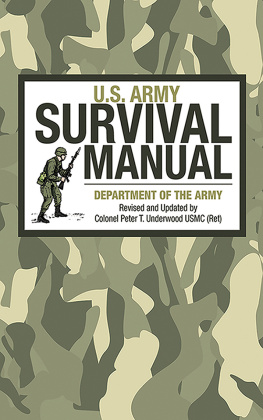

 TABLE OF CONTENTS
TABLE OF CONTENTS